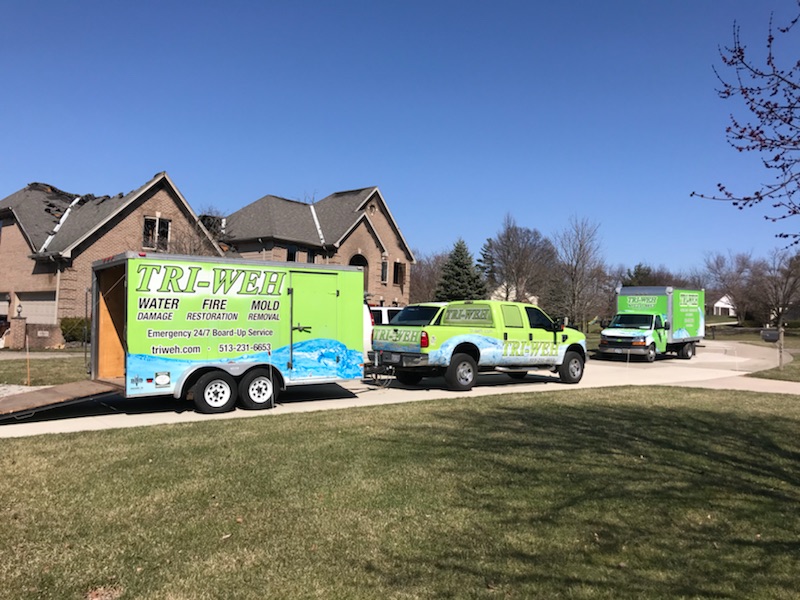Mold is a pervasive problem that can threaten the health of occupants and damage property It thrives in damp environments where moisture is present Understanding the mold remediation process is crucial for homeowners and property managers who want to maintain a safe living space This article outlines the key steps involved in effective mold remediation

The first step in the remediation process is identifying the source of moisture Mold requires water to grow therefore locating and addressing the source is vital Common moisture sources include leaky roofs pipes and high humidity areas such as bathrooms and basements Homeowners should regularly inspect these areas for signs of water damage and take immediate action to repair any leaks or water intrusion In addition using dehumidifiers can help control humidity levels and prevent mold growth
Once the moisture source has been addressed the next mold testing step is to assess the extent of the mold infestation This involves checking for visible mold as well as potential hidden mold that may be lurking behind walls or beneath flooring Professional mold inspectors can provide thorough assessments using specialized tools to identify hidden mold This assessment is crucial for developing a targeted remediation plan
After assessing the infestation it is important to contain the affected area to prevent mold spores from spreading This can be achieved by sealing off the contaminated area using plastic sheeting and duct tape Proper containment is essential to minimize cross-contamination and ensure that mold spores do not migrate to other parts of the home
The next phase is the actual removal of mold which can be a labor-intensive process Homeowners should wear personal protective equipment such as gloves masks and goggles to protect themselves during cleanup Mold removal methods vary based on the materials affected Non-porous surfaces like glass and metal can usually be cleaned with mold-killing solutions while porous materials such as drywall and carpet may need to be removed and replaced since mold can penetrate these surfaces deeply
After the mold has been removed it is critical to thoroughly dry the affected area Moisture control is key to preventing mold from returning Fans dehumidifiers and proper ventilation can help accelerate the drying process It is essential to ensure that all materials are completely dry before sealing any areas to avoid future mold growth
Once the remediation process is complete ongoing prevention measures are essential to avoid future mold issues Homeowners should monitor indoor humidity levels aiming to keep them below fifty percent This can be achieved using hygrometers Regular inspections of areas prone to moisture such as bathrooms kitchens and basements can help catch potential problems early Additionally ensuring proper ventilation in these areas can significantly reduce humidity levels
Education plays a vital role in mold prevention Homeowners should be aware of the signs of mold growth such as musty odors and visible spots Taking prompt action if mold is suspected can prevent larger issues from developing
In conclusion mold remediation is a critical process for maintaining a healthy living environment By addressing moisture sources assessing the extent of the infestation containing affected areas and thoroughly removing mold homeowners can effectively manage mold issues Ongoing prevention strategies are key to ensuring that homes remain mold-free creating a safe and comfortable living space for all occupants Implementing these strategies will help safeguard your home against the dangers posed by mold
